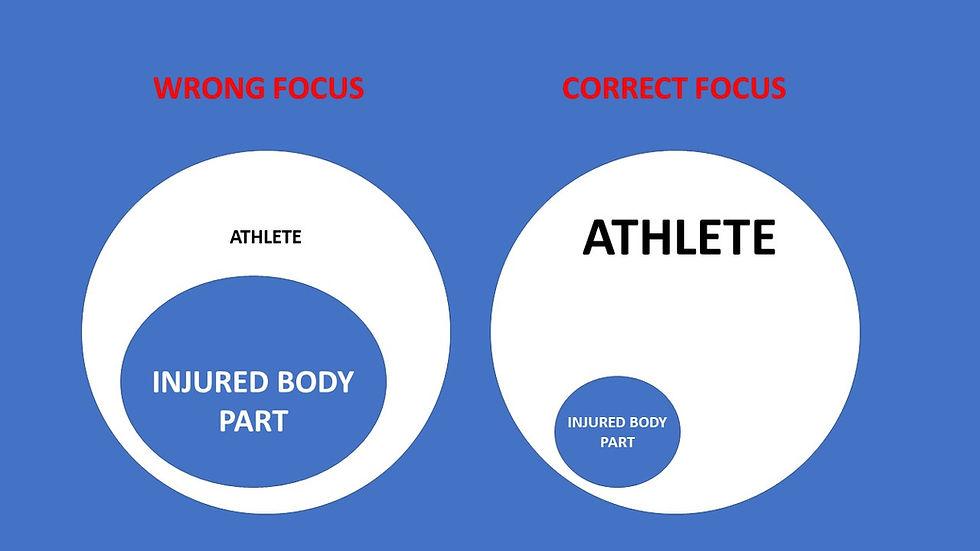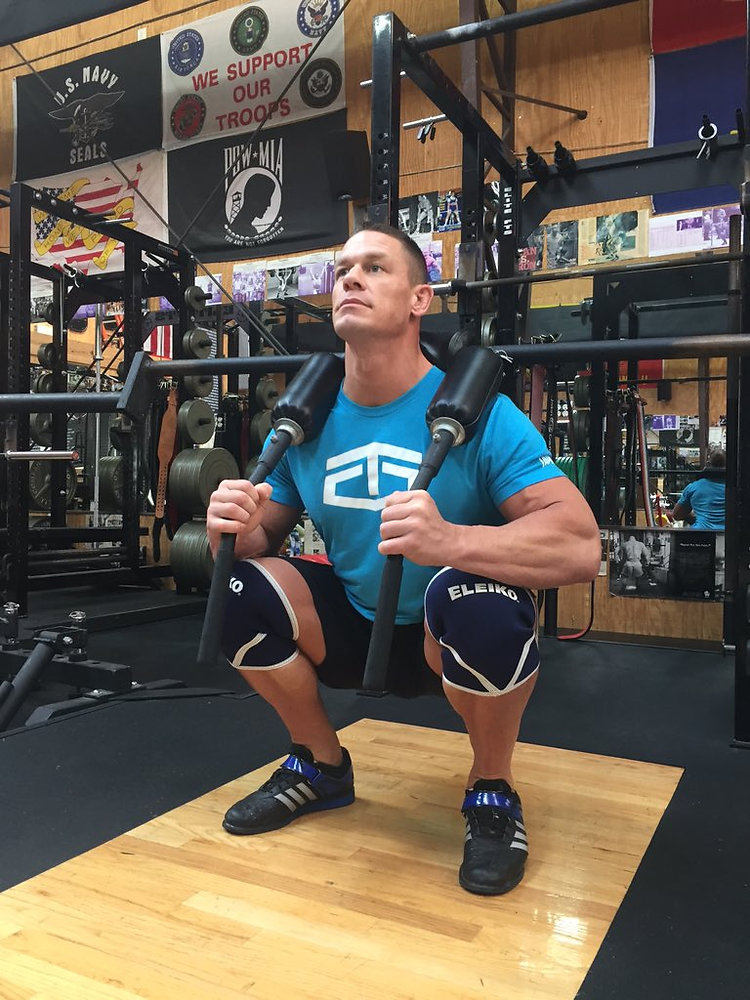 Hunter Stark
Hunter StarkToo Injured to exercise?
Have you ever been told (or thought) that you're too injured to exercise?
If your answer is 'yes' then you're just using it as an excuse! We can still get all the gainz without all the pain.
So what can we do and how do we do it???
The traditional model of medicine is called rehabilitation. This usually emphasizes promoting slow, controlled motion, limiting daily activities in order to protect the involved injured area. This can continue many months with the aim of "doing no harm" to the injured area or surgery.
Traditional rehabilitation protocols are centered on what an athlete cannot do, as opposed to what an athlete can do. Unfortunately, rest is often the chosen form of protection - causing deconditioning and a further delay in full healing and recovery.
Eventually, basic athletic preparation is encouraged to begin.
However, just because biological healing has occurred, it does not mean the athlete is prepared for performance.
The most optimal way to address post-injury recovery is to think of the recovery process as reconditioning rather than rehab. We must begin think of an injury as an opportunity to become a better athlete rather than an injured athlete.
is there a better model than rehabilitation?
Yes, it is referred to as Reconditioning.
Reconditioning is a performance-based model that begins with the end-goal in mind - which is a Return to Competition.
Once we have the end-goal envisioned we can then design a progression backward to the surgery or injury date. This will allow for both the clinician, coach, and athlete to address all aspects important to performance while still protecting the initial injury and allow for full healing.

how do we accomplish the reconditioning process?
We work with other professionals in the process, understand the end-goal and what the athlete must go through to return to their sport or activity and communicate thoroughly!
The performance team should be comfortable working with the medical team and strategically build a plan to address recovery.
There should be no steadfast timeline that controls the progression an athlete moves towards a return to training and, ultimately, return to competition.
We must appreciate that our job is to enhance athleticism along with enhancing recovery. An injury should never interfere with an opportunity to train an athlete. We need to look at ways to train around an injury and encourage normal movement patterns as soon as possible while still protecting the region of concern.
Reconditioning programs are criteria-based, not protocol or time-frame based like traditional rehabilitation. Thus, athletes progress faster and further based on responses to the weekly/monthly training program - while still respecting biological healing.
By ensuring we operate as an interdisciplinary team, with performance coaches and physical therapists being involved in decision making processes, we may attain the most optimal healing AND performance outcome.
"If you are not qualified or experienced enough to design a performance training program for a professional or world-class athlete pre-injury, how are you able to design a performance training program or Return to Competition strategy post-injury?" - Bill Knowles
Click here to email us if you have any questions about the reconditioning process that may not have been answered in this article or call/text us at 850-912-9203
-1.png?width=129&height=50&name=Untitled%20design%20(24)-1.png)

Leave Your Comment
Many desktop publish packages web page editors now use model text
search for sites their infancy.